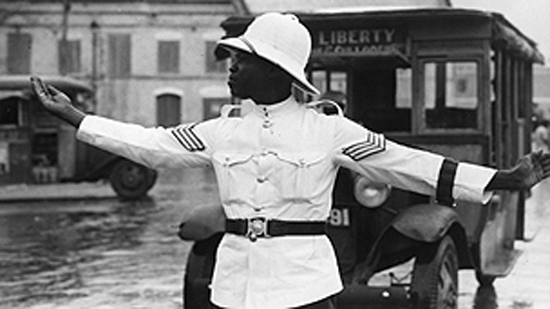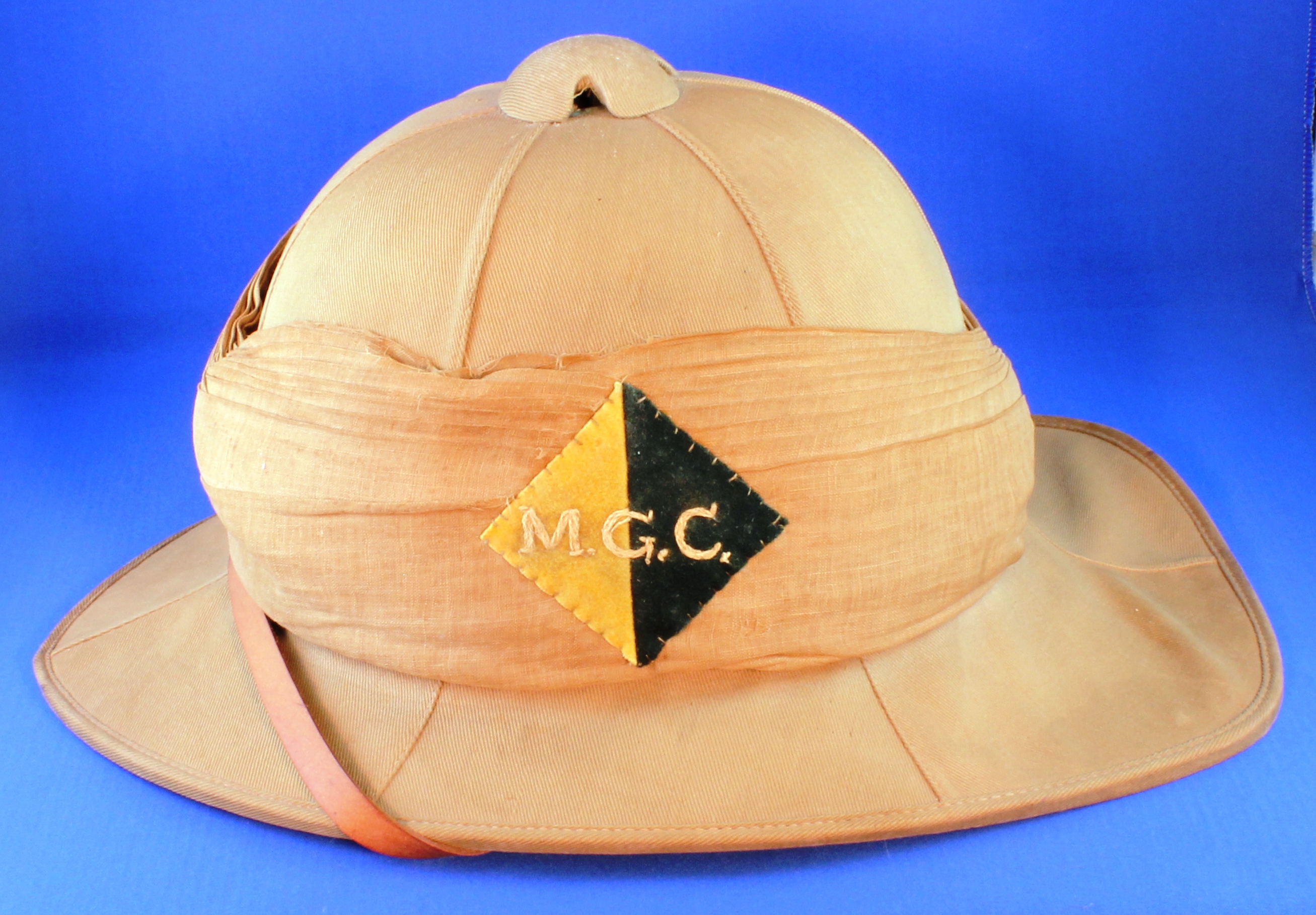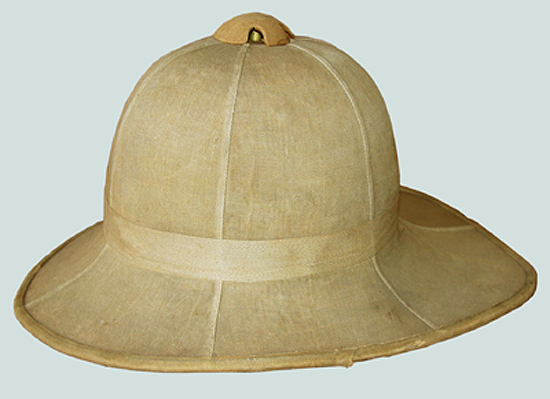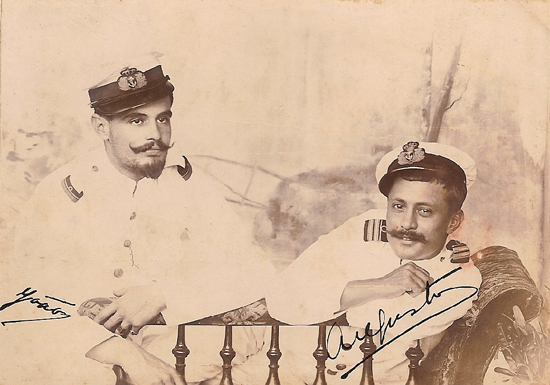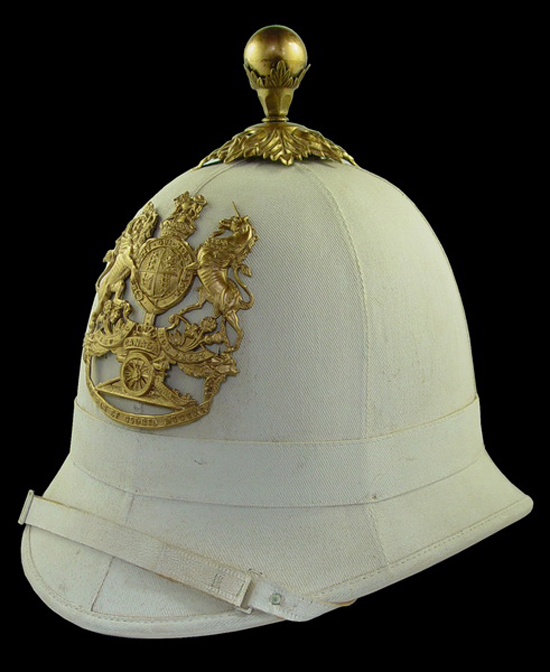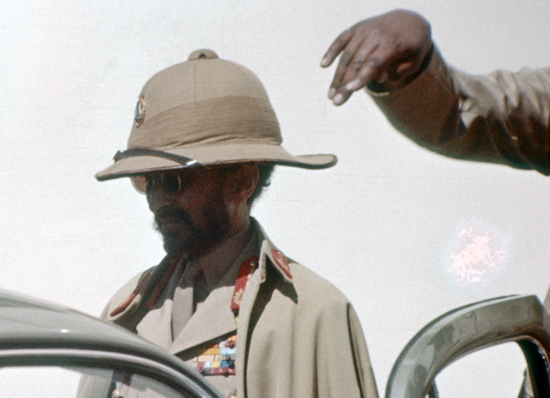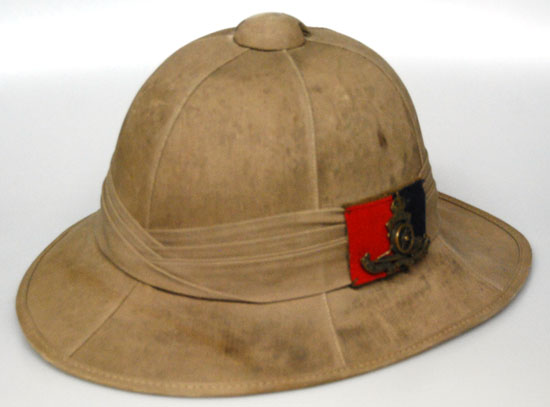 The Canadian military is most remembered for its heroic actions in Italy and Western Europe during the Second World War, but it was still active in every theater of war. More than 1.1 million Canadians served in the Army, Navy and Air Force and its entry into the conflict was the nation’s first independent declaration of war.
The Canadian military is most remembered for its heroic actions in Italy and Western Europe during the Second World War, but it was still active in every theater of war. More than 1.1 million Canadians served in the Army, Navy and Air Force and its entry into the conflict was the nation’s first independent declaration of war.
During the North African, Middle Eastern and Sicilian campaigns the Canadian army was outfitted in a tropical uniform. Among the more “anachronistic” looking of these was the uniform worn by units of the Royal Canadian Horse Artillery.

